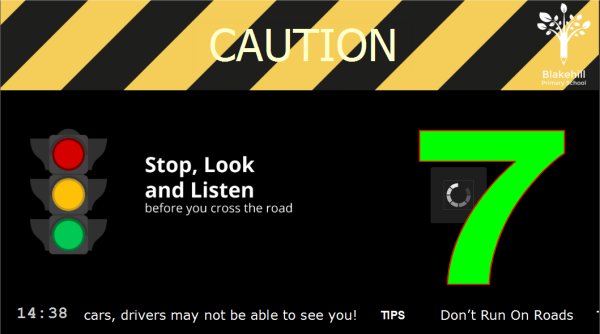Digital Signage Software has changed its face in the last half decade, adding rich, flexible and cost effective platforms for customers and businesses at almost any size. What used to be owned solely by the McDonald’s of the world, can be easily adopted by a by any small or medium business. One can argue that every business is different and it is actually almost impossible to find a common ground to all the variety of needs, but I do believe there is a significant commonality “Layer” that is a ‘must’ for any digital signage implementation.

Let’s start…
- Simplicity of the CMS:
The world is moving towards simplicity. No one expects that specially trained expert will have to run the signage for his/her business. Sort training and off we go – this is a clear and legitimate expectation - Cloud/SaaS:
I believe the SaaS based technology is well matured, not only on the technological level, but also from the users point of view. No one imagines digital signage installed in local servers anymore, with supporting technicians running on customer premises, looking to the latest patch to install. Cloud based signage is always updated with the latest and greatest release and does not require local (expensive!) installs, support and site visits - Wide range of player software supported operating systems:
As trivial as it sounds, Windows is still very poplar for signage devices, Android is very popular in the last 5 years and Chrome OS is picking up speed in some verticals. iOS and Linux are in lower priority. Note that customers might have several types of OS, even for a single project - Rich content and Widget based CMS:
Even the smallest business expects his signage to look appealing and professional – text, images and videos are basic stuff, but so is rolling text, RSS, live feeds (YouTube, Ustream), slideshow, shapes and colors, clock and weather and so on are considered almost standard. Social networks widgets are also recommended and differ between a ‘boring’ signage content to interactive, dynamic, live and kicking screens that actually catch your eye. Social networks are part pf the portfolio and offer to customers by the more innovative digital signage software providers. Twitter, Facebook, Yammer and Instagram are the most commonly used social widgets by Signage users - Robust user management:
This is also a trivial need – system administrator must have the capability to split the screens by time frames, or by ‘screen geography’ to allow different users to perform different tasks with different privileges - Dynamic:
If Digital signage is rarely changed – it misses the point… we can have a video presenting a repeated playlist. The idea is to be relevant and at all times. The dynamic nature can be reflected by the use of social network widgets, but also by advanced scheduling, near real time update, flexible templates and other capabilities that make it very easy for the signage operator to keep the content fresh and relevant - Stable and managed:
Digital signage is not the classical ‘mission critical ‘ system, but given its (high!) visibility – it is treated like that. Digital Signage should be always up… and a friendly management and control tool should easily use by customers that have more than handful of live screens
I believe that interactive capability, Kiosk mode, flexible API, online support and other features and characteristics are also important, but probably less generic that the ones mentioned above.
Hope this will help you choose the right digital signage software platform for your business!
Meira.

